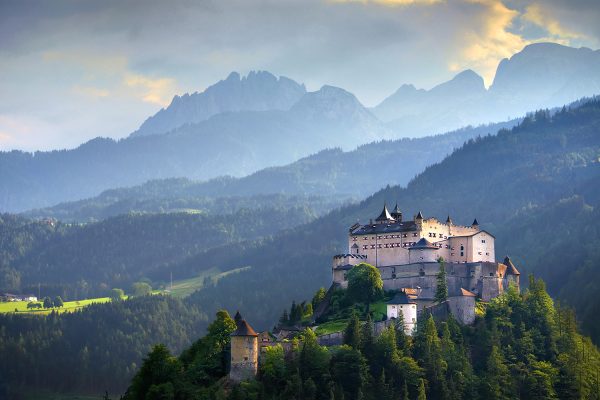
Die Presse, Austria’s center-right newspaper, reports that many of the cleavages of what the Atlantic Sentinel calls Europe’s blue-red culture war appeared in the Alpine nation’s presidential election on Sunday.
Norbert Hofer, the nationalist Freedom Party candidate, was more popular with men and workers without a college education. Alexander Van der Bellen, a former Green party leader who rallied the Austrian mainstream behind his candidacy, received more votes from women and college graduates.
Similar divides came to light in the American presidential election last month, although there the outcome was reversed: Donald Trump, Norbert’s Republican counterpart, defeated Hillary Clinton, a center-left pragmatists not unlike Van der Bellen.
How do we heal these divisions?
A new sense of “us”
Michael Prüller, formerly a journalist who now serves as PR chief for the Archdiocese of Vienna, argues in the same newspaper that the problem is an eroding sense of collective identity.
“Who are ‘we’?” Prüller wonders. Austrians’ relations to their country, their history, their gender and their religion have all been called into question.
The solution, he argues, is to recognize the difference between social cohesion and solidarity. Togetherness can be turned against “the Other” but solidarity requires love for one’s fellow man — and can rehabilitate the idea of a “homeland”.
In search of a unifying idea
Prüller is smart enough to know that such a renewed solidarity cannot come from blood-and-soil patriotism nor faith. Relatively more Austrians still call themselves Christians than other Western Europeans, but church attendance is down and the only religion that is gaining adherents is Islam.
There are plenty of Austrians who don’t want a stronger “solidarity” when it implies intolerance for diversity. As in other Western democracies, these tend to be cosmopolitan, liberal city dwellers.
But many also crave a particular sense of belonging that liberalism’s universal values are unable to provide. These tend to be more traditionalist, small-town and rural folk.
Is it still possible to unite these groups — blues and reds — around a single identity that is nevertheless tied to the nation?
